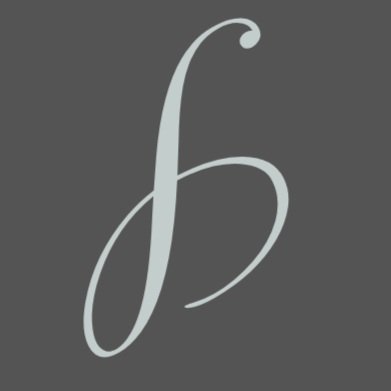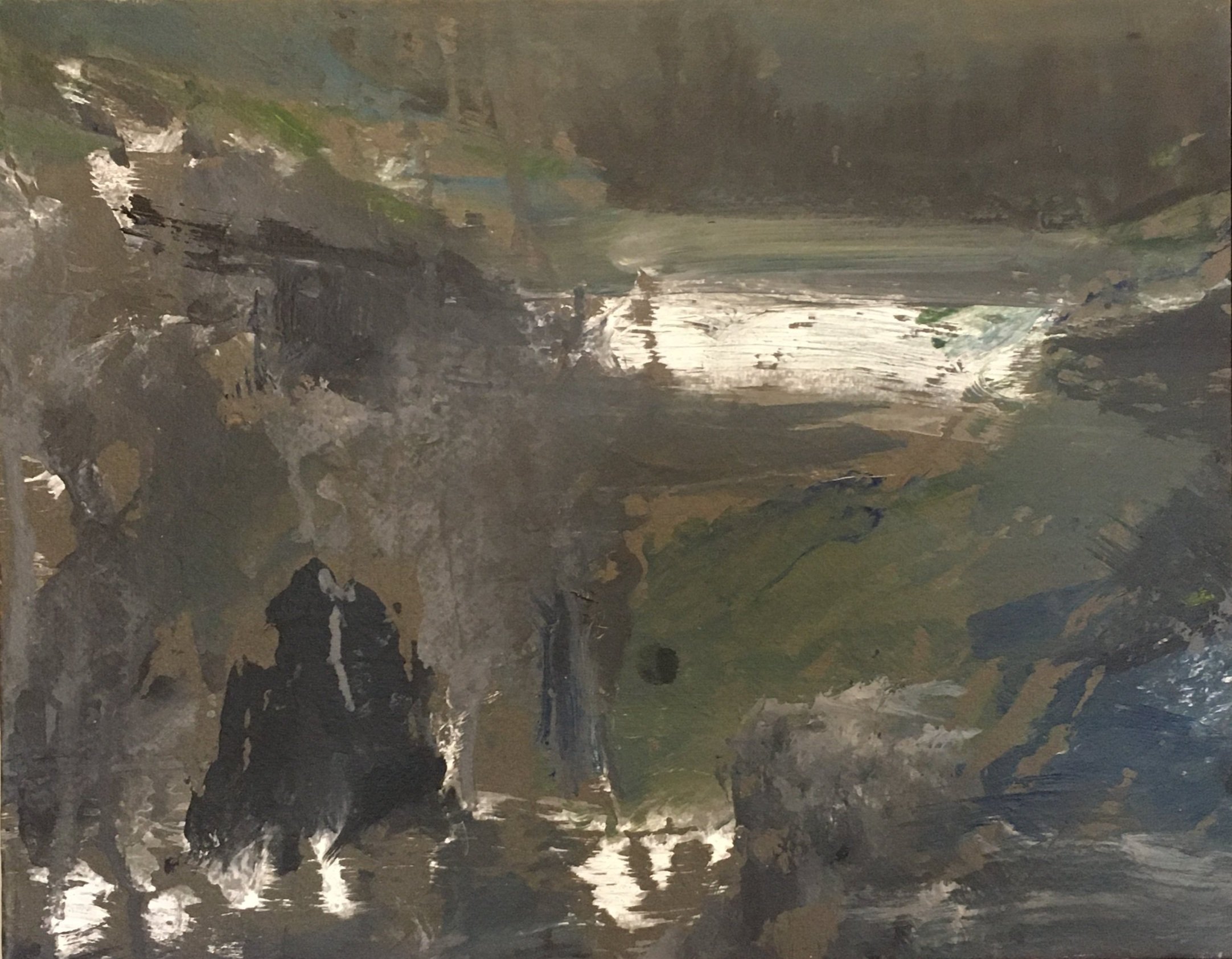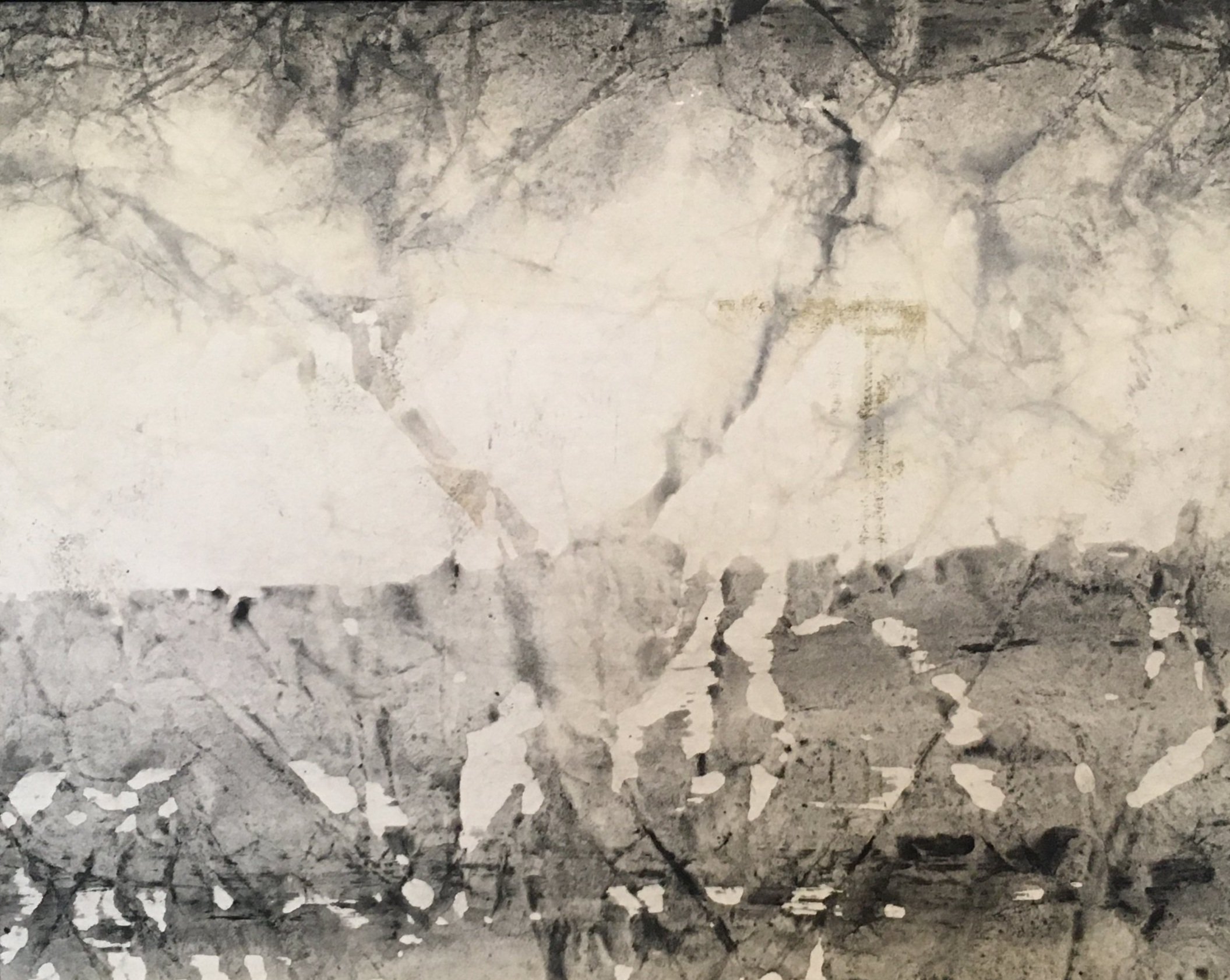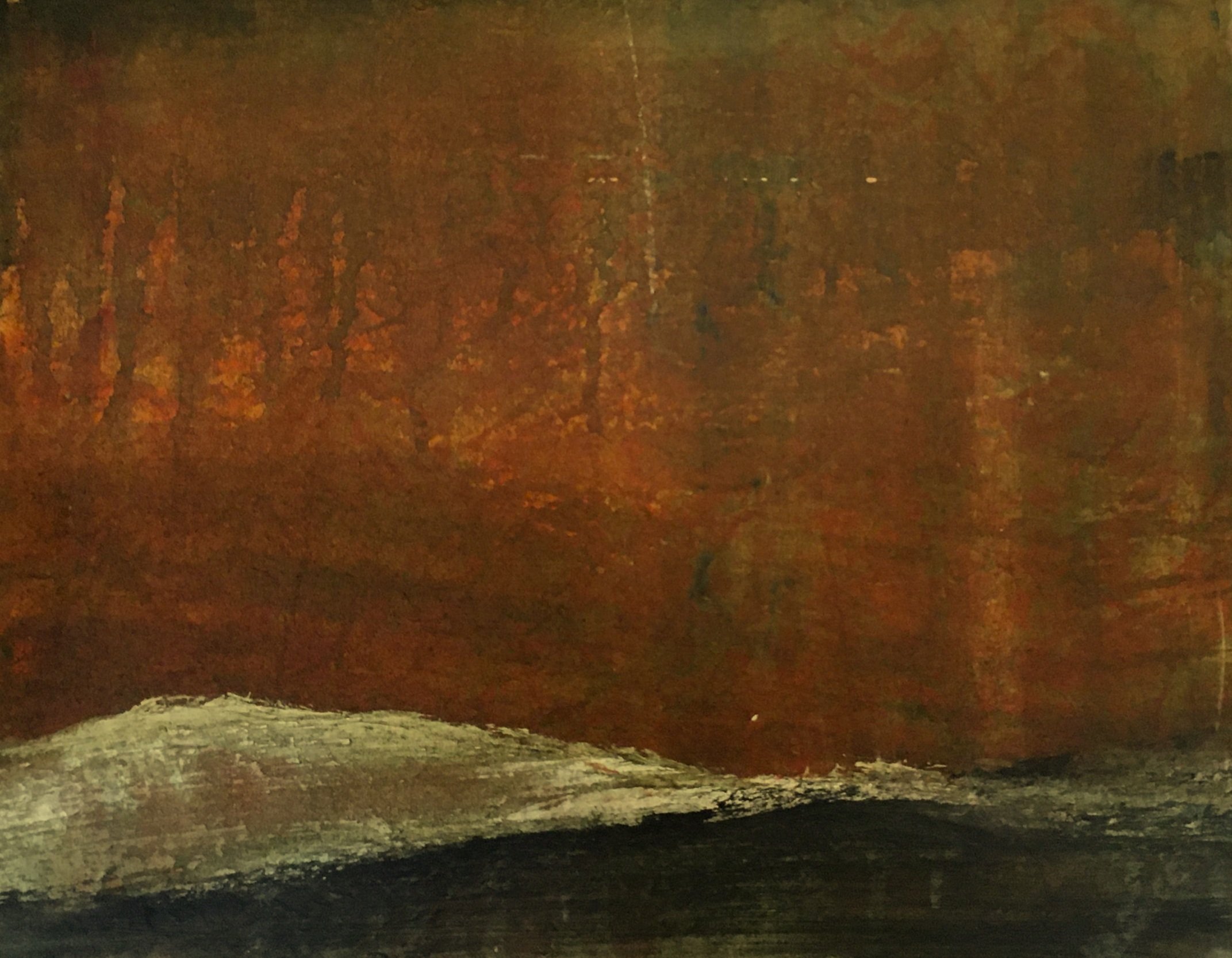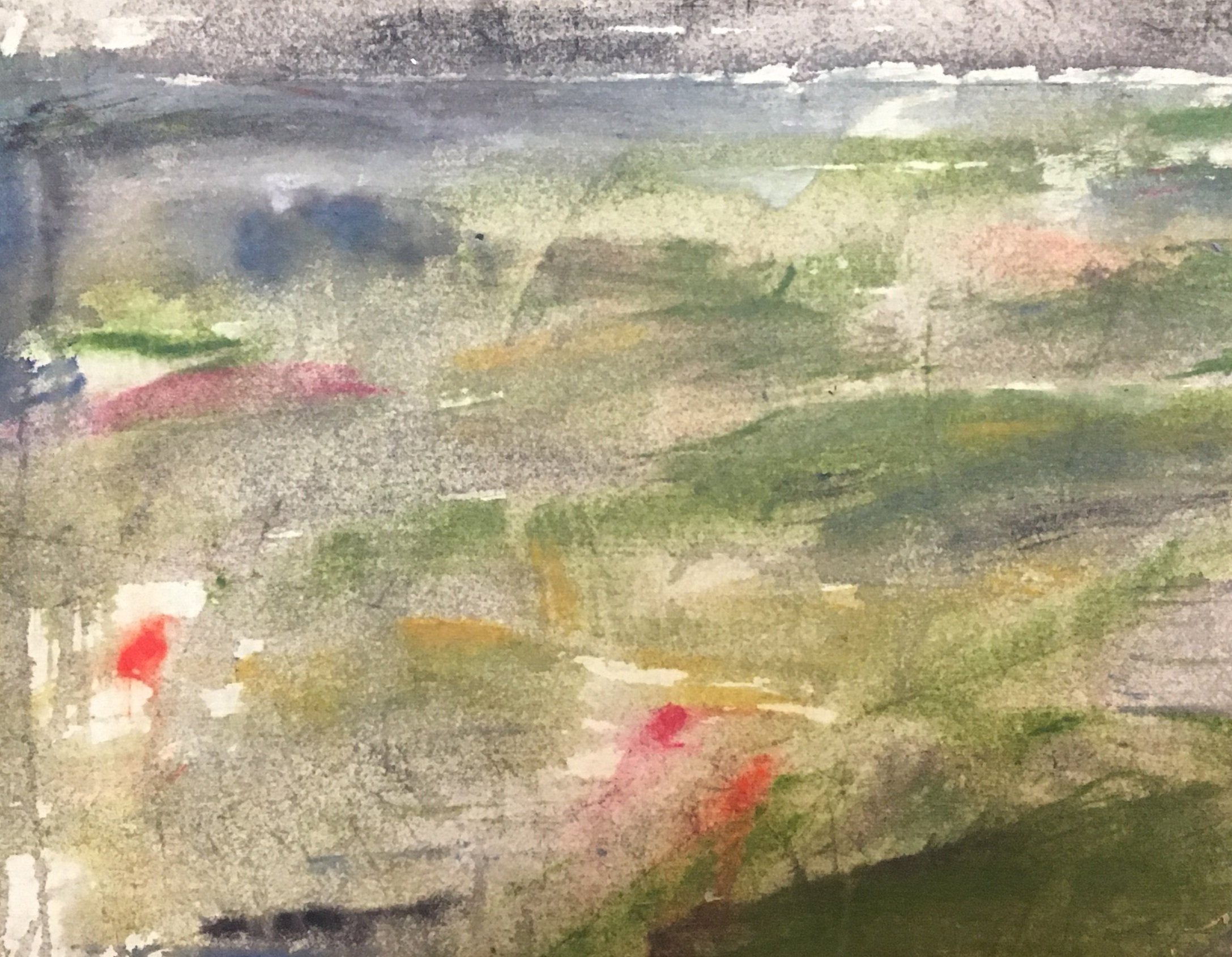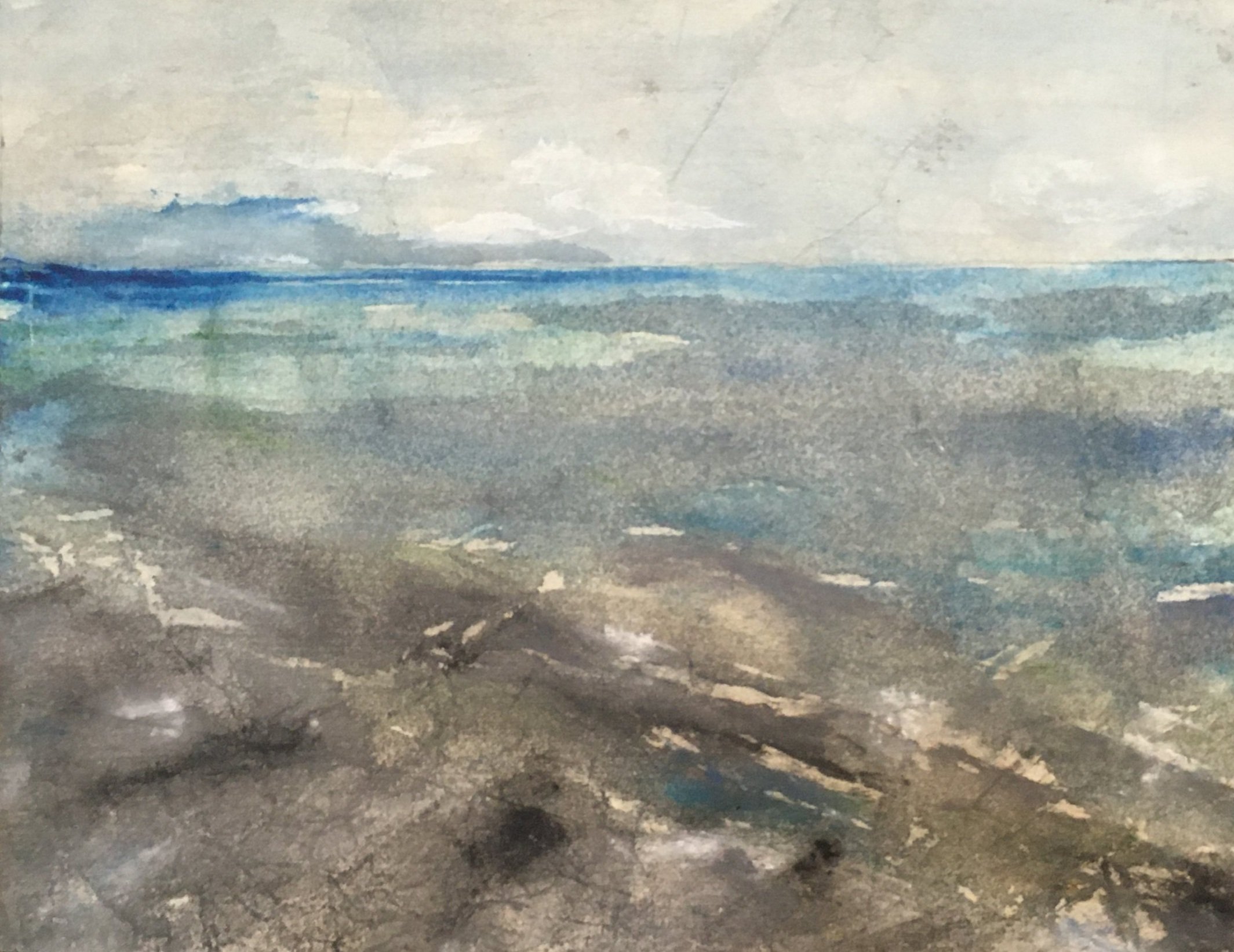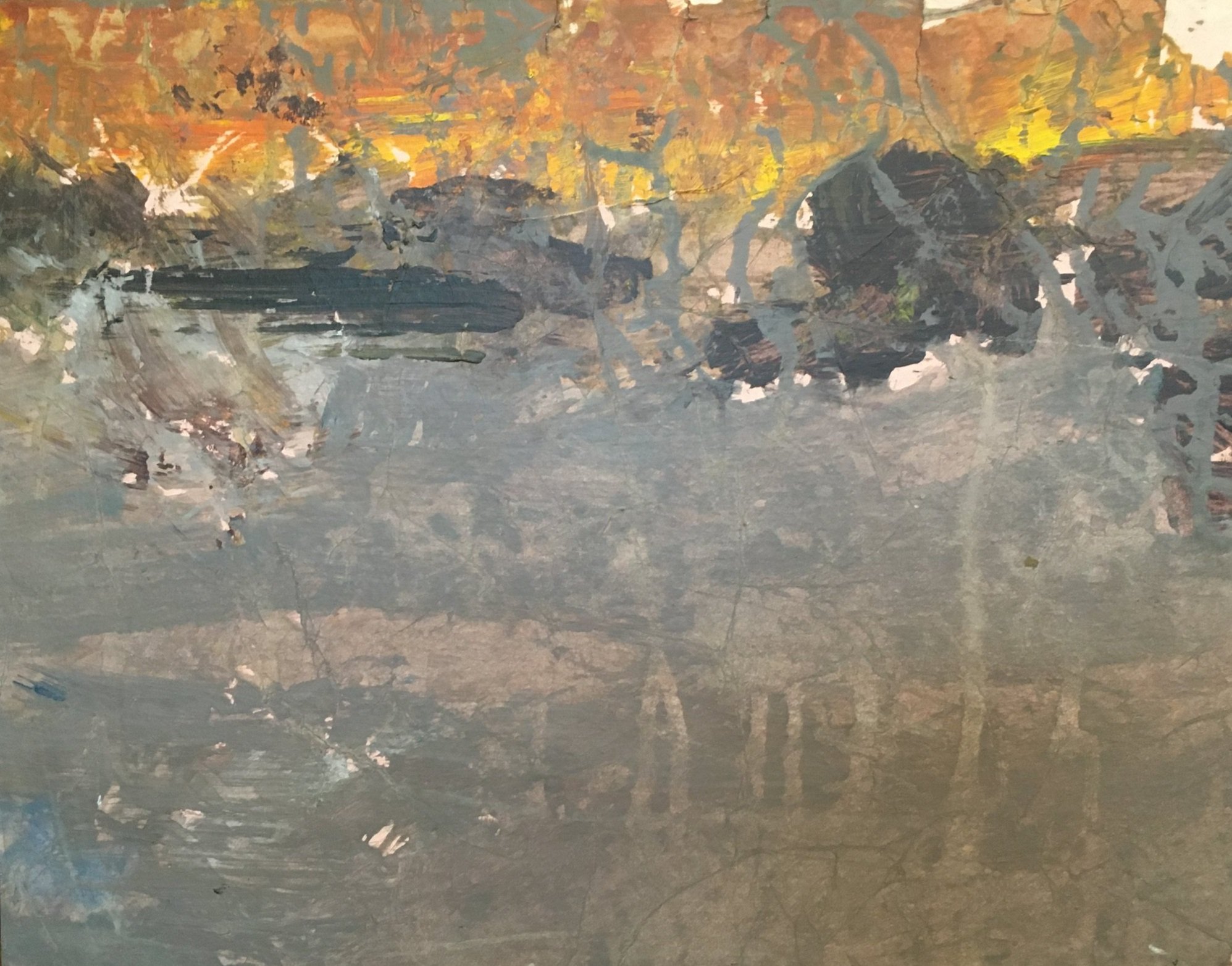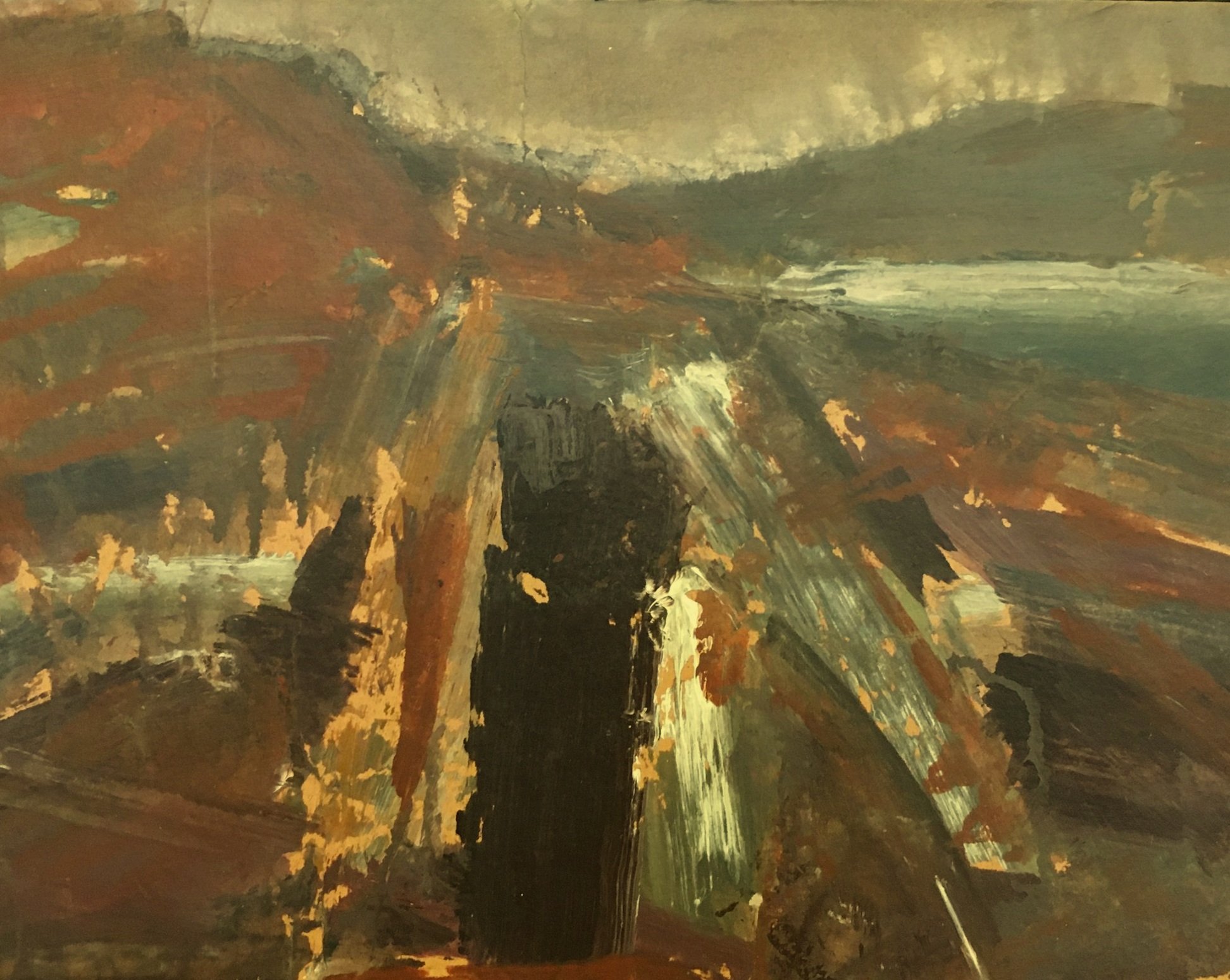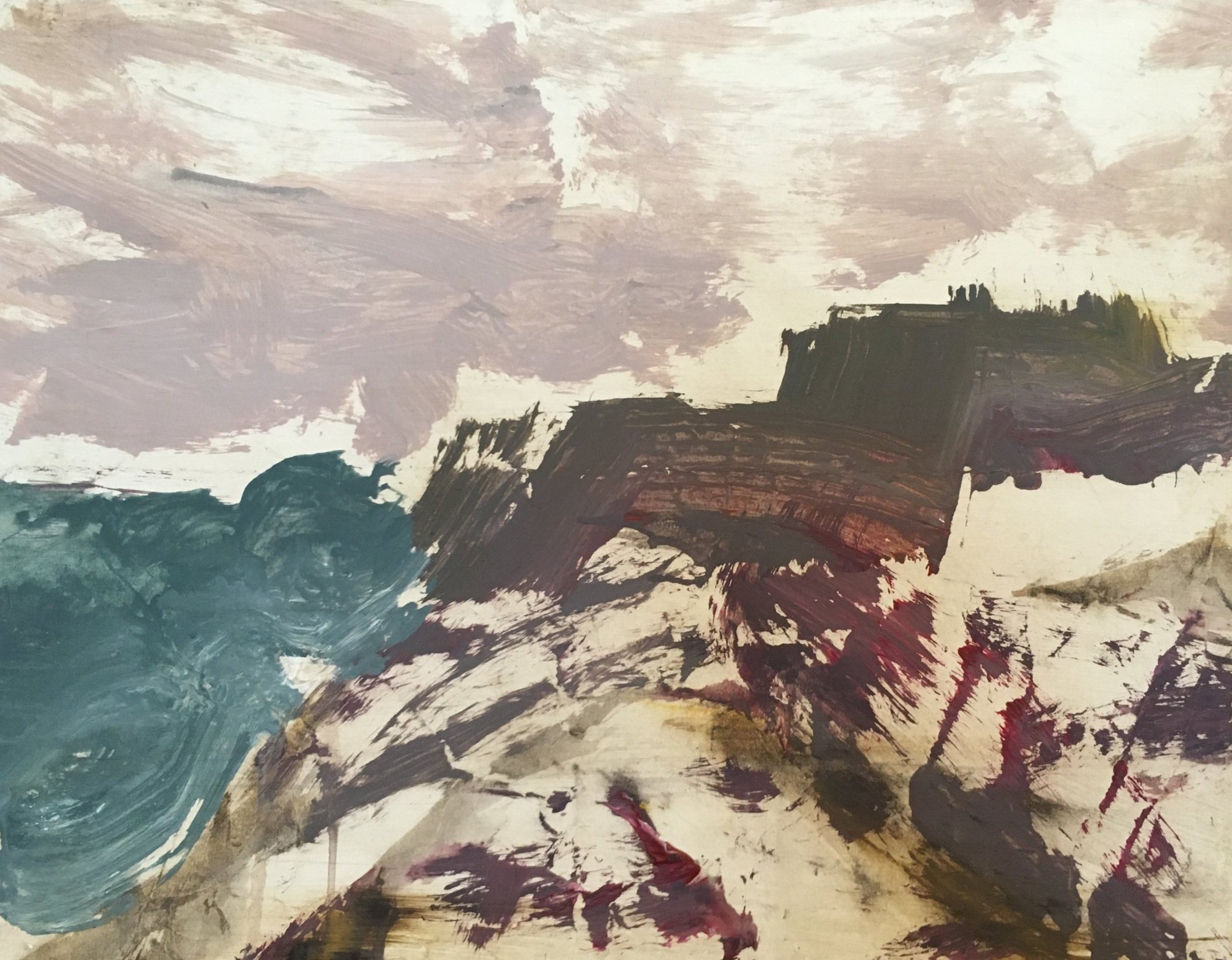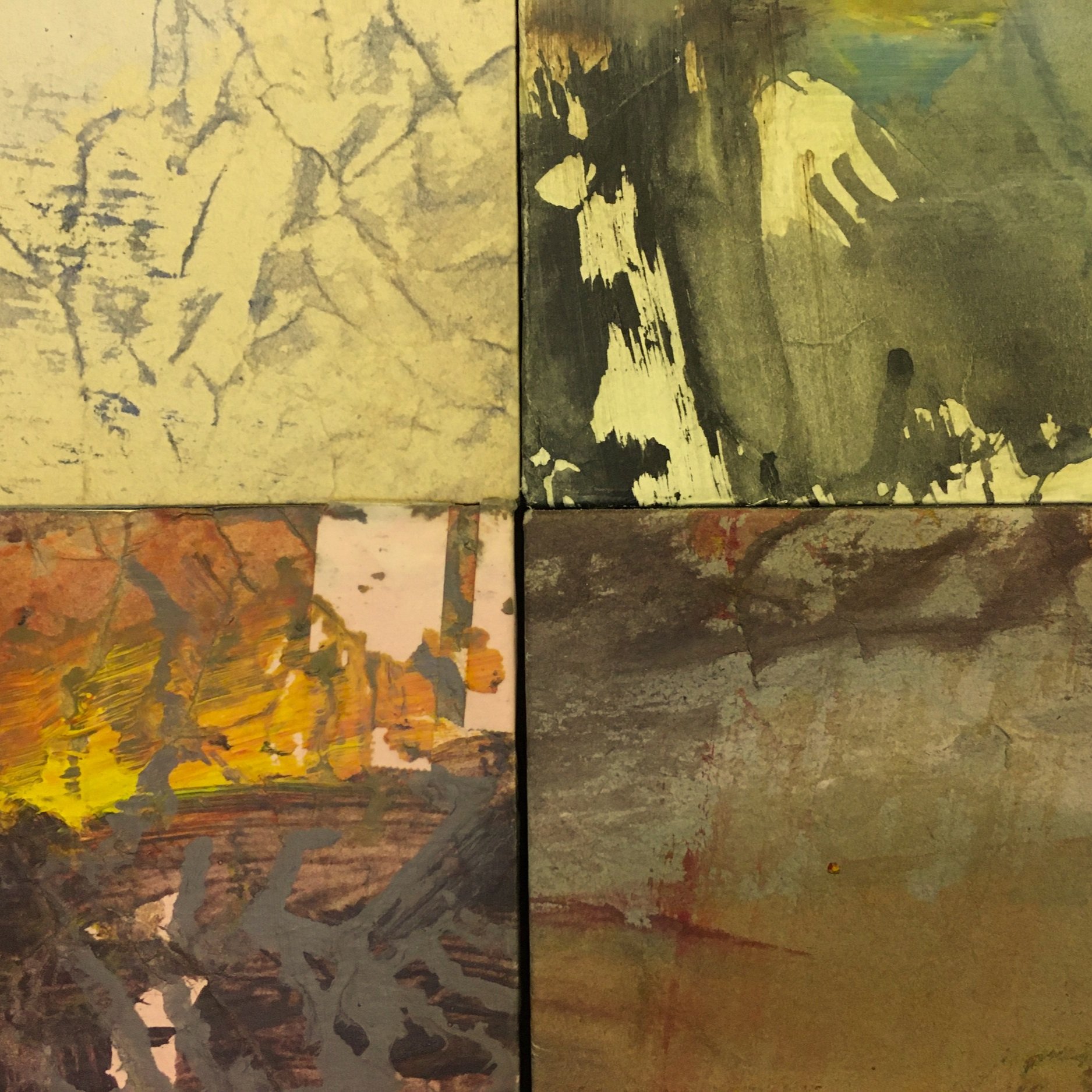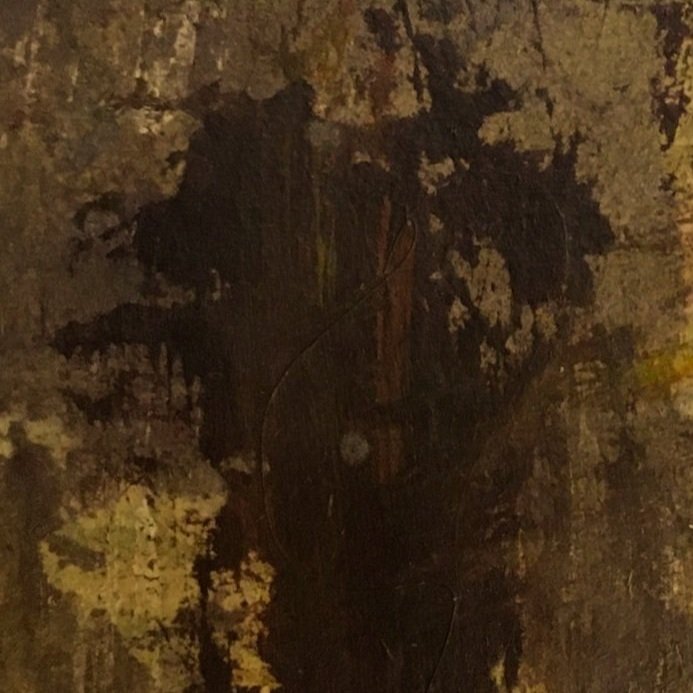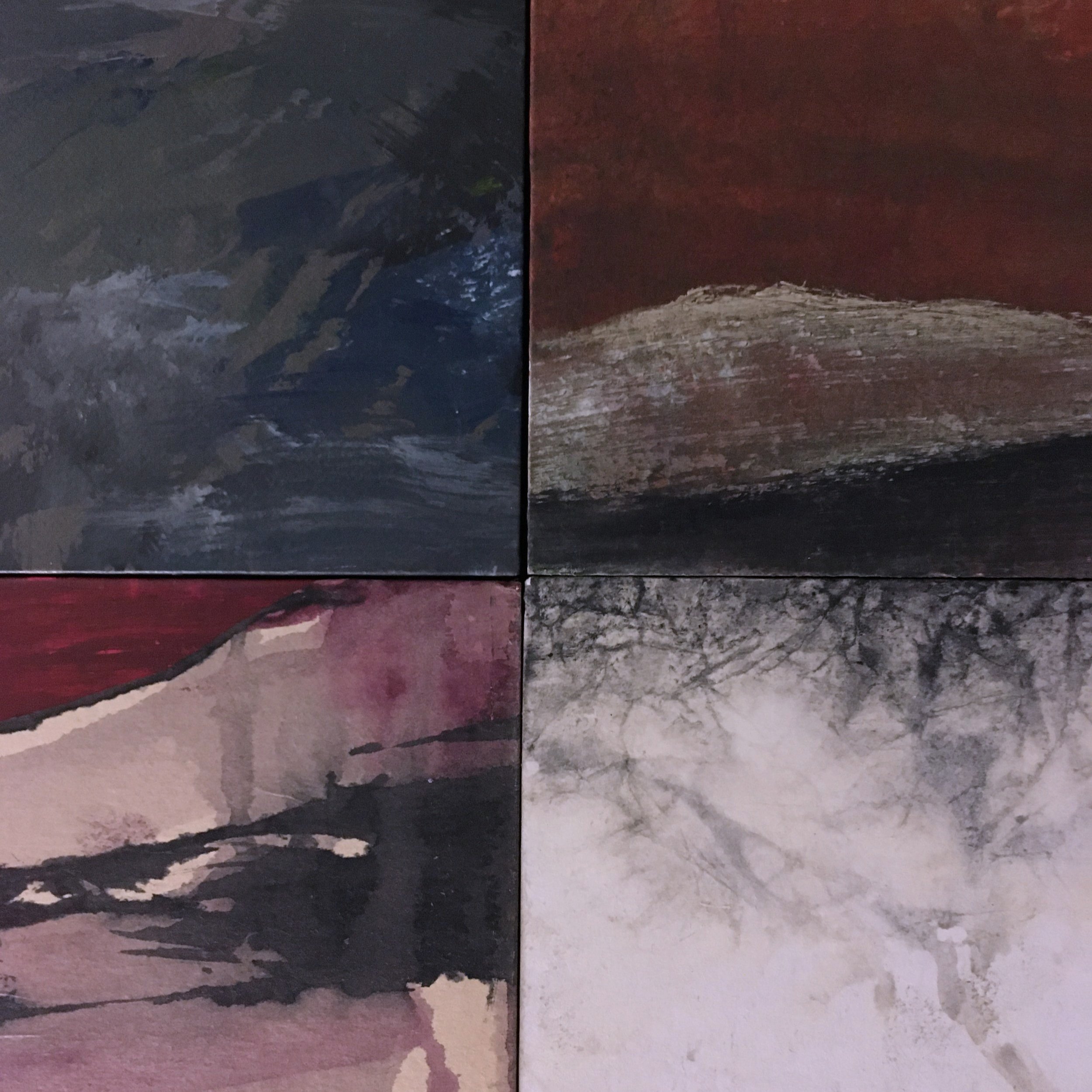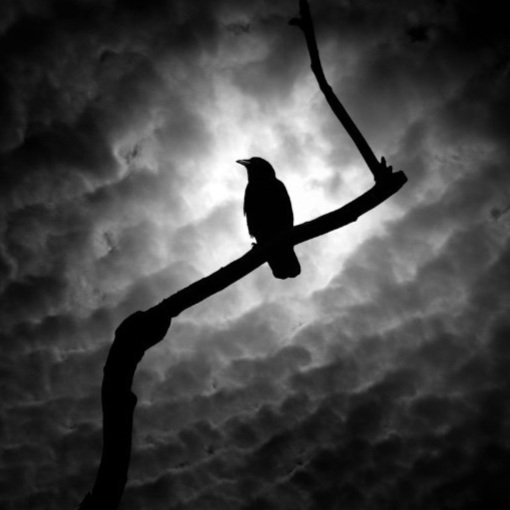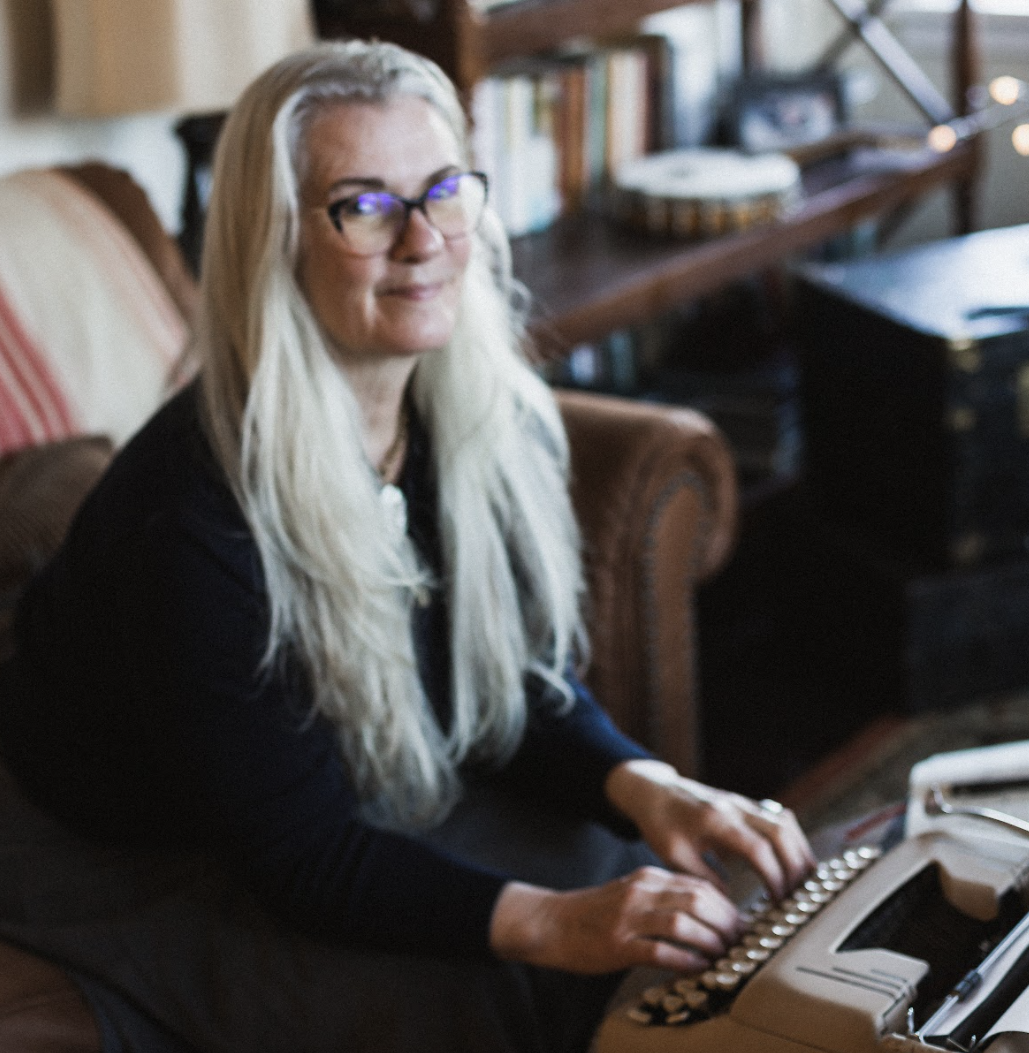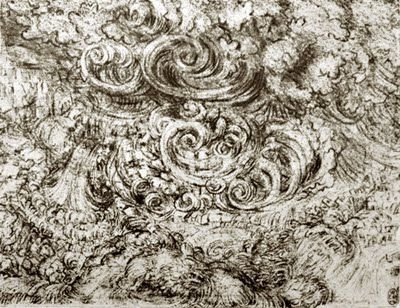The Crux
A tale to tell on a winter night.
Recently, in my creative meditation practice, stories have been coming to the surface.
Here is one I wrote after doing a Ripple Meditation with two ‘thought pebbles”: chaos and order. I dropped them into the pond of my mind to see where the ripples crossed, and for some reason I had the image of my great great grandmother in Scotland, and imagined what she might have been doing and thinking before she left Scotland and came to America in 1850. This story, which felt very much like a fairy tale or fable, is what emerged:
The Crux
Once upon a time, a young woman lived with her family on the windy moors of Scotland. She struggled with her chores, she struggled with her parents, her siblings, her mind. As she grew up, she always had the deep feeling that she should be somewhere else.
Anywhere but here.
One day, she’d had enough. She needed to get away.
So she packed a small bag with a few things, some bread, apples and cheese. She wrapped herself in a warm shawl, put on a hat, and gloves, and set out, early one morning before anyone could stop her.
She walked down the familiar path towards town, then through town, with its market square and bustling vendors, then out to the edge of town where the crows and ravens fought their border wars, past the wise woman’s house and across the river bridge, and she walked and walked until she rose up the hills to the wild moors where no paths guided her.
“Ah!,” she thought. “The feeling of freedom after constraint is a powerful one.”
“After being told what to do and how to feel. Being told what to think and how to work. Being told who to befriend and who to love.”
“It’s the feeling of a crisp autumn breeze at your back,” she thought.
“It’s the feeling of sun on your face. Of forging a new path.”
But where to go?
She started to see the ruts along the hills and down the gulleys, up along the ridges where the deer had worn their way. She thought of the hard, rutted roads she used to travel into town.
She started to see the holes all over the hillsides, long golden grasses obscuring the entrances, where small creatures hid themselves away, digging their underground escape routes and dens.
She wanted to follow them.
But I only have two legs, she thought.
Two wings come in handy for flying over the trees.
Four legs come in handy for scaling a steep cliff or gamboling down a bluff.
Four legs come in handy for digging in front and pushing dirt behind.
Six legs come in handy for carrying grains while tramping miles behind the other ants.
Eight legs come in handy while repairing a web and holding on upside down while spinning out new silk.
She saw creatures everywhere, walking, digging and flying on their pathways. In circles and in lines that connected to bigger circles and lines.
“Life is strange,” she said, out loud to the creatures.
Humans are simpler, she thought.
We just tread a big dumb path, lumber along it into our caves. We stay there as long as possible, and change only when we are in pain or when we are bored.
So she kept walking. She walked and walked across the moors, smelling the heather and peering over cliffs to the rivers. She stood on bluffs overlooking the sea. She foraged for food, slept under the stars. She followed the deer paths, and kept vigil outside rabbit holes.
She listened to larks in the morning, and owls at night. She wandered for months until the seasons turned, returning to places she thought she remembered, but couldn’t quite grasp, like a feather just at the edge of her sight. Like the cycles of a moon reflecting back her face.
After months of wandering, though fields and forests and towns, she found herself yearning for home, for a warm bed, for the routine of daily chores.
She longed for the pathway, something to guide her, something to fight against.
One day, she saw a crow circling and diving, pecking at something on the ground. As she approached, the crow looked up at her and brought her the nut, dropping it at her feet.
It flew in circles with its wings, which came in handy when flying in circles.
“This is the Crux,” the crow cawed as it circled. “The nut needs the shell; the shell needs the nut.”
After that, the crow was her companion, circling away to spy the best path, returning with sprigs of herbs in her beak, and messages from the waves.
And each time the crow returned, it cawed, “This is the Crux.”
It took a while, but she knew what to do.
One night at sunset, she left the windy moor, passed the deer paths through the forest, said goodbye to the rabbits, and headed down the hills toward where she new the roads would be. She found a small path and followed it down to a crossroads where a lamp glowed in the dusk.
In front of her, the distant lights of town.
The owl’s hoot behind.
“The Crux is the crossroads. The intersection of confusion and certainty,” said the crow.
“Where I go, so goes the Crux.” she said out loud, to the owl, to the crow, to the lamppost, to the lights.
Deer paths curve up over bluffs of insight.
Dark rabbit holes beckon into mystery. The heart of life is the crossroads.
Where all things are possible. Where home is always inside.
Thank you!
Email me at hello@shannonborg if you have inquiries or questions!

